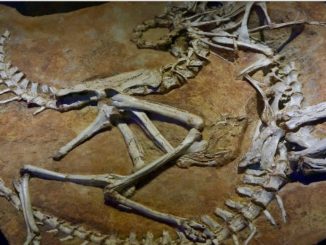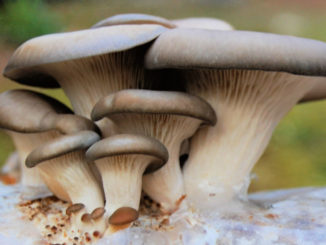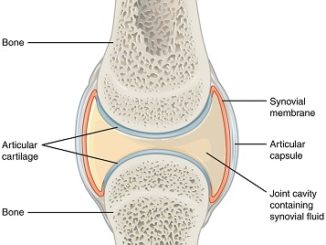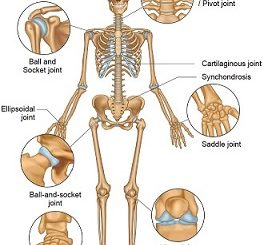
Coal (Formation, Types and Importance)
What is coal? Coal is a solid, black, readily combustible fossil fuel found as thick layers in deep mines under the surface of the earth. […]

What is coal? Coal is a solid, black, readily combustible fossil fuel found as thick layers in deep mines under the surface of the earth. […]

What are fossils? The term fossil comes from the Latin word fossilis, which literally means ‘dug up’. Fossils are the remnants, impressions, or traces of […]

Mushrooms are multicellular fungi which generally grow in moist, humid and dark places, on rotten logs of wood, tree trunks, soil rich in organic matter, […]

A variety of mushrooms are found naturally growing on rotten logs of wood, dead barks of trees, fallow lands, forest beds, animal excreta etc. They […]

Food adulteration is the intentional addition of non-permitted foreign matter in food which increases the volume and weight of food. This helps increase volume of […]

The sensation of taste is called gustation or gustatory response. Various chemoreceptors present in the tongue help in getting the sense of taste. The sense […]

Olfaction is the sense of smell. It is how we perceive odors. Nose is the organ with millions of olfactory receptors that help us perceive […]

Most of the permanent joints in our body are synovial joints. They are more complicated in structure and allow more free movement than any other […]

A joint, also known as articulation is the place where two adjacent bones or cartilages meet. Although most joints are movable, some are not. Movable […]

Blood clotting factors or coagulation factors are the most essential components of hemostasis. Hemostasis is a process that results in the formation of a blood […]
Copyright © 2025 | WordPress Theme by MH Themes